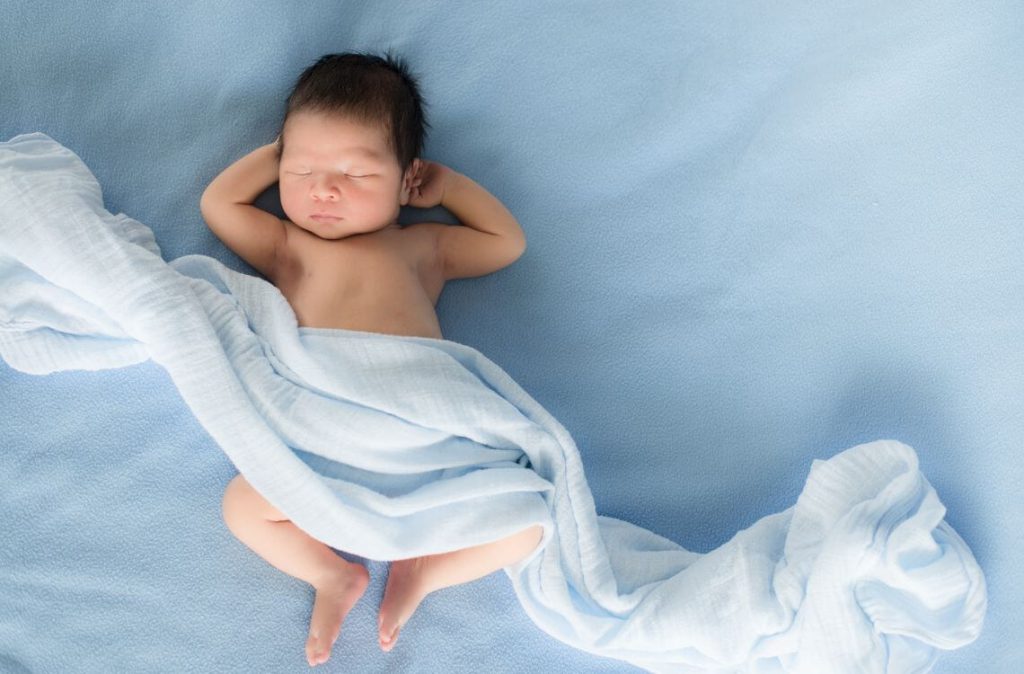We often hear discussion on whether babies should be circumcised or not. But before making that decision, you first need to know all there is to know about newborn circumcision.
Let’s explore together, shall we?
What is a Circumcision
Circumcision is the process of removing the foreskin from the penis. The foreskin is skin that covers the tip of the penis.
There are many benefits to circumcision including lowering risk of urinary tract infection, sexually transmitted infections and foreskin infections. It also improves hygiene.
Circumcision is highly recommended among professionals but ultimately the choice is up to you.
Among the risks to getting a circumcision are post-surgery infection and bleeding.
There is also the possibility of needing a re-circumcision if not enough of the foreskin is removed the first time.
These issues may seem alarming but they are no great cause for worry. Advancement in medicine has reduced the chances of infection and pain after surgery. It is more than likely your baby will have no negative side effects.
What the Procedure is Like
Newborn circumcision is normally conducted within a week after birth. The procedure takes only a few minutes.
Your baby will be restrained while lying down on his back. A local anaesthetic such as numbing cream or an injection will be given so he does not feel any pain.
A clamp is placed around the penis and a scalpel is used to remove the foreskin.
Afterwards, the doctor will apply an ointment; usually petroleum jelly; to the penis and wrap it with a gauze bandage.
You may be present in the room while your baby’s circumcision takes place. It is best to contact your paediatrician if you have any further questions about the procedure.
It is best to conduct the procedure at the newborn stage, as later circumcision may require general anaesthetic and has a greater risk of complications.
Caring for Your Baby Post-Circumcision
You can take your baby home the day of the circumcision. It will from a week up to 10 days for your baby to heal completely.
The gauze bandage may need replacement once you return home. It normally falls off once your baby urinates.
The bandaging acts to prevent the healing penis from sticking to your baby’s diaper.
When reapplying the bandage, it is important to clean your baby’s genitals first. You can wipe it with a warm, damp cloth during every diaper change and ensure there is no stool on your baby’s penis.
Avoid getting the area wet during baths until healing is complete.
According to your doctor’s advice, you may reapply petroleum jelly before wrapping the penis with fresh gauze. Spread a little around the area, wrap with gauze and make sure his diaper isn’t too tight.
Redness, slight bleeding and liquid oozing is part of the healing process. There is nothing to worry about as complications are uncommon.
However, if your baby is showing any of these signs, contact your doctor:
- Persistent bleeding
- Unpleasant smelling drainage
- Abnormal urination
- Swelling
- Fever
What Comes Next
Once healed, your baby will have no risk of complications. There is no need for bandaging or ointment.
You should continue washing his genitals to upkeep his hygiene and inspect the area for any abnormal signs, although this is highly unlikely.
Now that your baby has made a full recovery, you can relax as your newborn son reaps the benefits.
For more insightful stories and fun recipes, stay tuned to Motherhood Story!
